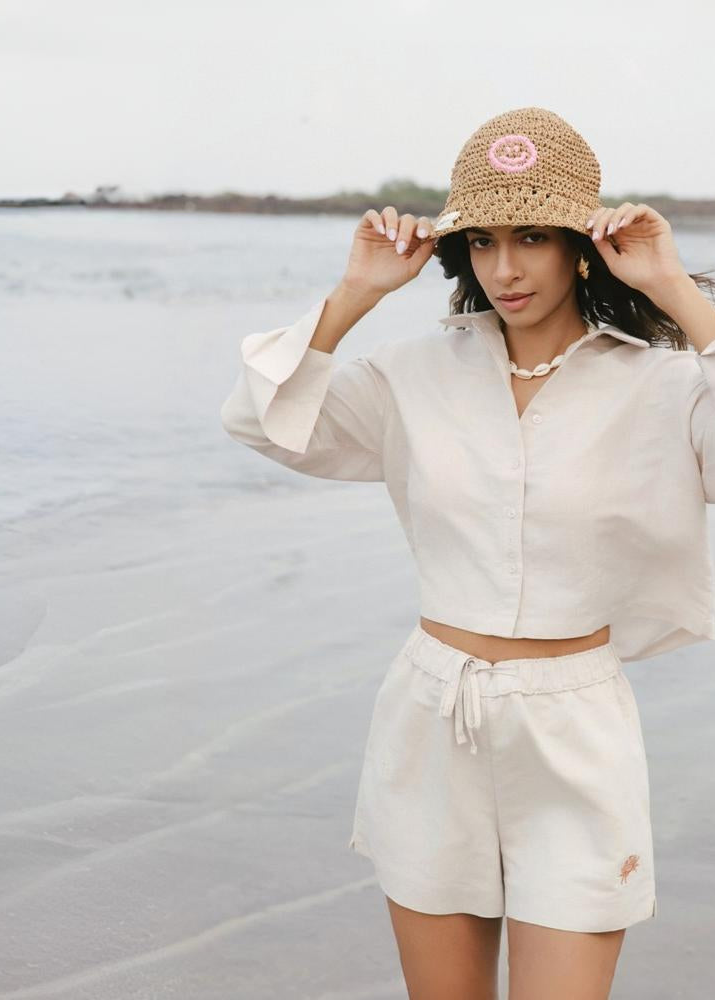Our Circularity Commitment
In Our Dyeing Process
Sustainability is incomplete without circularity. Even sustainable production requires the conscious use of resources, because our planet doesn’t have infinite resources. Therefore, at One Less, we try to incorporate a circular business model through multiple processes. In a nutshell, our dyeing house uses water in a closed loop of circulation, where the dirty water released after dyeing enters a facility and it gets purified for reusing purposes.
To understand the process in detail, waste water is collected in tanks that have the capacity of 50,000 litres, which is then taken to Karipudur (Tamil Nadu), a common effluent treatment plant. The water gets treated rigorously in this facility through a process of reverse osmosis, and finally it gets supplied back to us so that it can be used for future production purposes.
In Our Fabrics
Despite the fact that our products are made from ethically sourced raw materials, right from farms we use to procure our organic cotton to the final stitched garment, we have also implemented certain processes that ensure mindful consumption of resources through circularity.
Being very conscious about the waste we generate, there are effective waste management practices followed by our partner factories at KPR Mills, such as Effluent Treatment Plant (ETP) – a waste water irrigation process. Our mills have also installed an ETP which makes it possible to treat 5 mn litres/day, thereby leaving 100% of the waste water to be reused again. Abiding by PCB norms, our zero discharge systems ensure that no waste is left untreated into the environment.


















